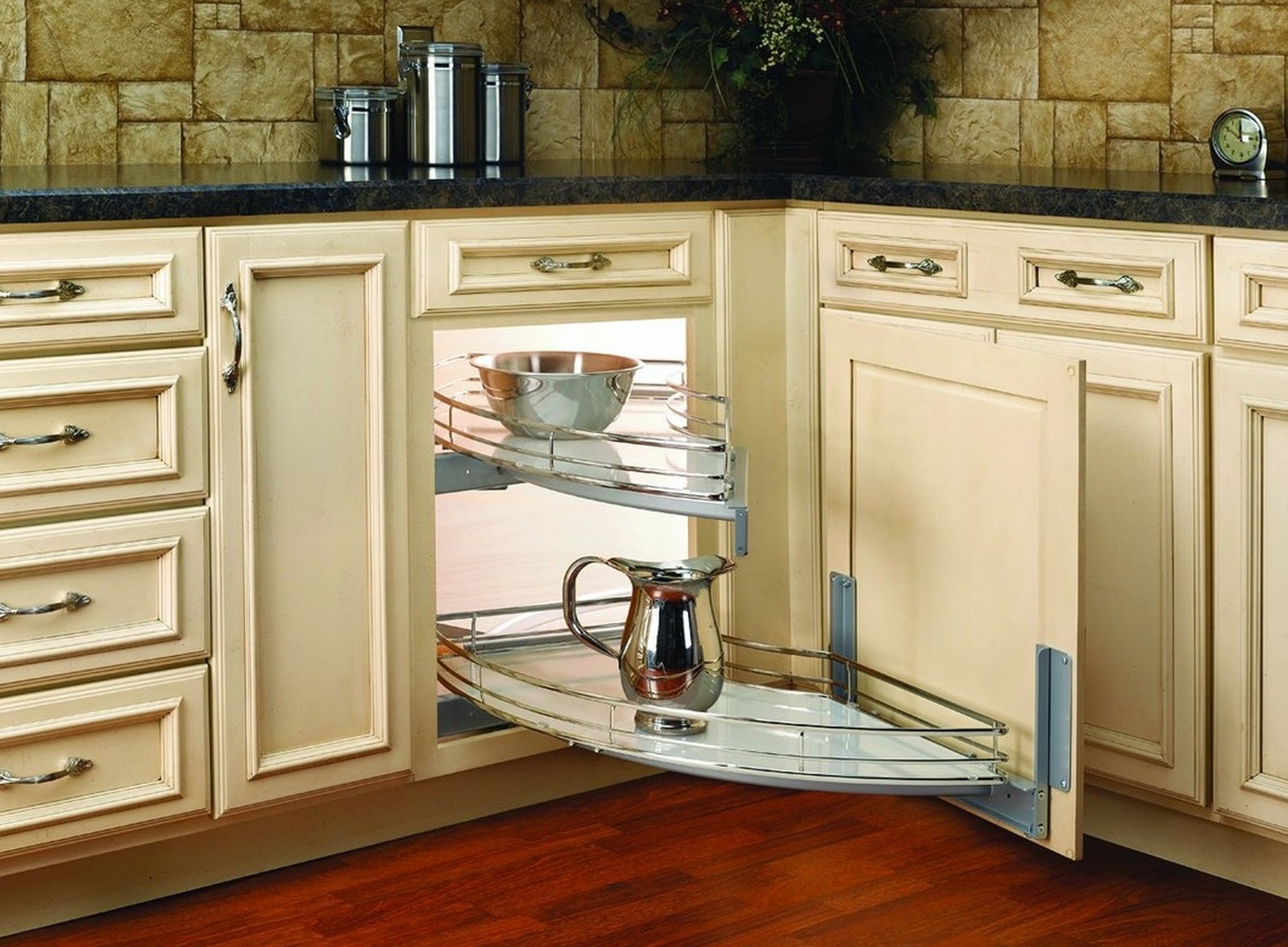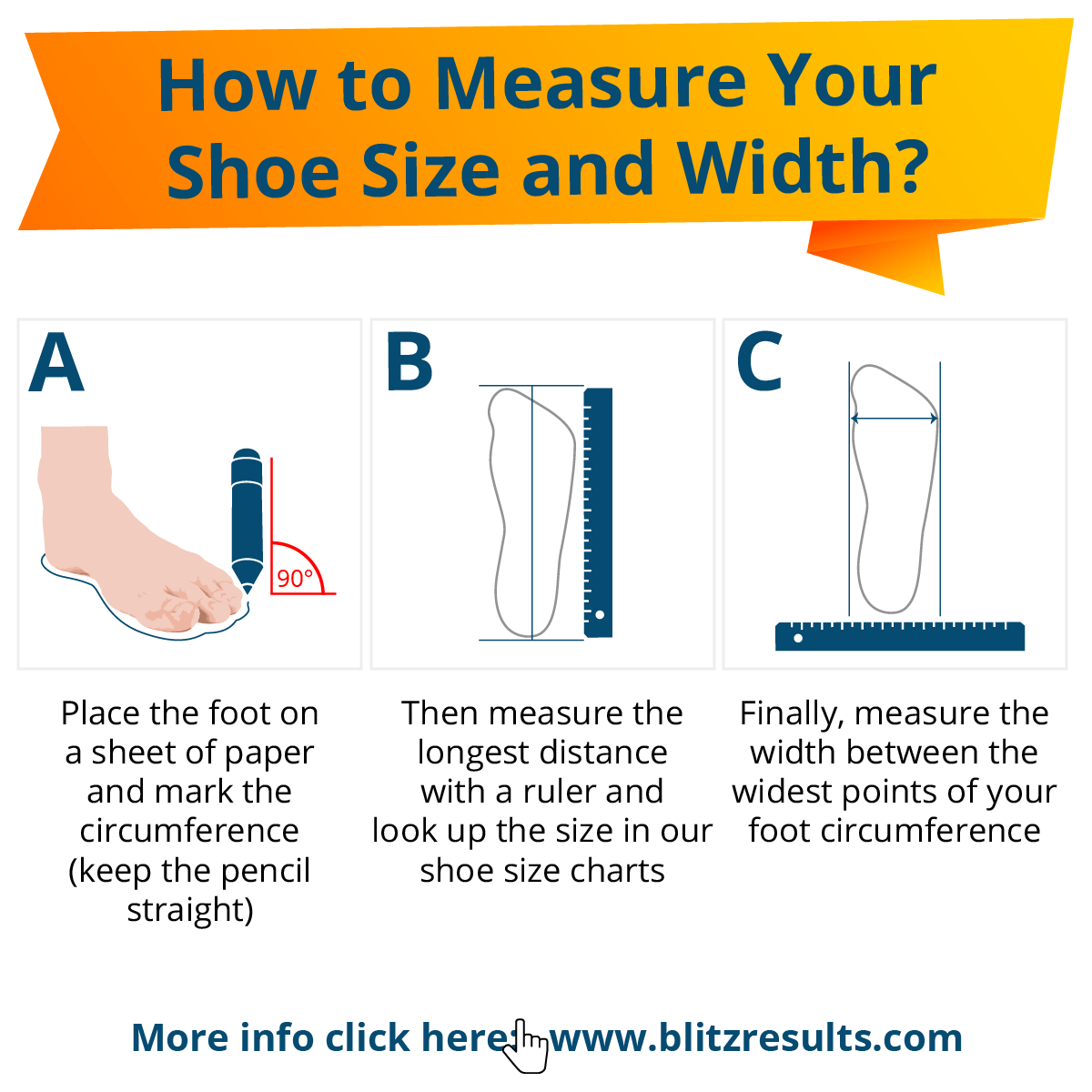Understanding Corner Kitchen Cabinet Dimensions

Corner cabinets are essential for maximizing space in your kitchen. However, their unique shape can make measuring them a bit tricky. Let’s break down the different types of corner cabinets and how to measure them correctly.
Corner Cabinet Types
Corner cabinets come in various styles, each with its own design and measurement considerations.
- L-shaped: These cabinets are the most common type. They form a 90-degree angle and offer ample storage space.
- Angled: These cabinets have a slanted front, creating a more streamlined look. They typically have a shallower depth than L-shaped cabinets.
- Diagonal: These cabinets have a diagonal front, creating a dramatic and modern aesthetic. They offer a large storage area and can be customized to fit your specific needs.
Standard Corner Cabinet Dimensions
Standard corner cabinet dimensions can vary depending on the manufacturer and style. However, some common measurements include:
- Width: Corner cabinets typically have a width of 36 inches, though you can find smaller or larger options.
- Depth: The depth of a corner cabinet depends on its type. L-shaped cabinets often have a depth of 24 inches, while angled and diagonal cabinets can have shallower depths.
- Height: Corner cabinets come in various heights, with 30 inches and 36 inches being common options.
Measuring the Space for Corner Cabinets
Accurately measuring the space for your corner cabinets is crucial for ensuring a perfect fit.
- Measure the width: Measure the width of the corner space from wall to wall. This will determine the width of your corner cabinet.
- Measure the depth: Measure the depth of the corner space from the wall to the opposite wall. This will determine the depth of your corner cabinet.
- Measure the height: Measure the height of the corner space from the floor to the ceiling. This will determine the height of your corner cabinet.
Determining the Appropriate Cabinet Depth, How to measure corner kitchen cabinets
The depth of your corner cabinet will affect how accessible the storage space is.
- L-shaped cabinets: These cabinets offer the most storage space, but the back corner can be difficult to access.
- Angled and diagonal cabinets: These cabinets have a shallower depth, making them easier to access. However, they offer less storage space than L-shaped cabinets.
When determining the appropriate depth, consider the layout of your kitchen and how you will use the corner cabinet.
Measuring Tools and Techniques: How To Measure Corner Kitchen Cabinets

Precise measurements are crucial for ensuring your corner kitchen cabinets fit perfectly and function smoothly. This section will guide you through the essential tools and techniques for accurate measurements.
Essential Measuring Tools
Having the right tools is key to getting accurate measurements. Here’s a list of essential tools for measuring corner kitchen cabinets:
- Measuring Tape: A retractable measuring tape with clear markings is essential for measuring length, width, and depth.
- Level: A level helps ensure that your measurements are taken on a horizontal or vertical plane, preventing errors caused by uneven surfaces.
- Protractor: A protractor is necessary for measuring the angle of the corner, which is crucial for determining the shape and size of the corner cabinets.
- Pencil and Paper: These are essential for recording your measurements and creating a sketch of the corner space.
- Calculator: A calculator helps with calculations, especially when determining the dimensions of angled cabinets.
Measuring the Corner Space
The first step is to accurately measure the dimensions of the corner space where the cabinets will be installed. This includes the width, depth, and height.
Measuring Width and Depth
To measure the width and depth, you’ll need to consider the layout of the corner and any obstacles that may affect the cabinet dimensions.
- Start at the corner point: Place the measuring tape at the corner point where the two walls meet.
- Measure along the wall: Extend the tape along the wall to determine the width of the corner space.
- Measure perpendicular to the wall: Measure the depth of the corner space by extending the tape perpendicular to the wall, starting at the corner point.
- Note any obstacles: If there are any obstacles, such as a window, door, or protruding pipes, measure the space around them to determine the usable space for the cabinets.
Measuring Height
Measuring the height of the corner space is straightforward.
- Start at the floor: Place the measuring tape on the floor at the corner point.
- Extend to the ceiling: Extend the tape vertically to the ceiling, measuring the height of the corner space.
- Note any obstacles: If there are any obstacles, such as a window, door, or light fixture, measure the space above and below them to determine the usable space for the cabinets.
Measuring the Angle of the Corner
The angle of the corner is crucial for determining the shape and size of the corner cabinets.
- Use a protractor: Align the protractor with the corner point, ensuring that the base of the protractor is aligned with one of the walls.
- Measure the angle: Read the angle measurement on the protractor, which will indicate the angle of the corner.
- Note the angle: Record the angle measurement for future reference when planning the corner cabinet layout.
Measuring Irregular Shapes or Angled Walls
In some cases, the corner space may have an irregular shape or angled walls.
- Divide the space: Break down the irregular space into smaller, more manageable sections.
- Measure each section: Measure the width, depth, and height of each section separately.
- Use a level: Ensure that your measurements are taken on a horizontal or vertical plane, even on angled walls.
- Create a sketch: Draw a sketch of the irregular space, labeling each section with its corresponding measurements.
Considerations for Corner Cabinet Placement

Corner cabinets offer a unique opportunity to maximize storage space in your kitchen. However, choosing the right placement and style for these cabinets is crucial to ensuring functionality and aesthetic appeal. This section delves into the various factors to consider when incorporating corner cabinets into your kitchen design.
Corner Cabinet Placement Options and Their Advantages and Disadvantages
Corner cabinets offer a unique opportunity to maximize storage space in your kitchen. However, choosing the right placement and style for these cabinets is crucial to ensuring functionality and aesthetic appeal. This section delves into the various factors to consider when incorporating corner cabinets into your kitchen design.
- Lazy Susan Cabinets: These cabinets feature a rotating platform that allows easy access to items stored in the back corners. They are ideal for storing frequently used items like spices, snacks, or cookware. However, lazy Susan cabinets can be more expensive than other corner cabinet options and may not be suitable for storing large or heavy items.
- Blind Corner Cabinets: These cabinets have doors that open to reveal a shelf or drawer system. They are less expensive than lazy Susan cabinets but can be difficult to access items in the back corners. Blind corner cabinets are best suited for storing less frequently used items.
- Magic Corner Cabinets: These cabinets feature a pull-out system that allows you to easily access all corners of the cabinet. They are a more expensive option but offer the best accessibility and storage capacity. Magic corner cabinets are ideal for storing large or heavy items.
- Corner Base Cabinets: These cabinets are typically used for storage and can be paired with a countertop for additional workspace. They are a versatile option that can be customized to suit your needs. Corner base cabinets can be used to create a breakfast bar or an additional workspace in your kitchen.
Maximizing Space with Corner Cabinets
Corner cabinets are often seen as dead space, but they can be a great way to maximize storage space in your kitchen. Here are a few ways to maximize space with corner cabinets:
- Use shelves and drawers: Shelves and drawers can help you organize and store items in a corner cabinet. This is especially helpful for lazy Susan and blind corner cabinets, as it allows you to store items in multiple tiers.
- Choose a corner cabinet with a pull-out system: A pull-out system can make it easier to access items stored in the back corners of a cabinet. This is a good option for magic corner cabinets, as it allows you to easily access all corners of the cabinet.
- Use vertical space: Corner cabinets can be a great way to utilize vertical space in your kitchen. This is especially helpful if you have limited counter space.
- Use corner cabinets for appliances: Corner cabinets can be used to store appliances like microwaves, coffee makers, or blenders. This can free up counter space and make your kitchen more organized.
Factors to Consider When Choosing Corner Cabinet Styles
When choosing a corner cabinet style, there are several factors to consider, including:
- Accessibility: Consider how easily you will be able to access items stored in the cabinet. Lazy Susan cabinets offer the best accessibility, while blind corner cabinets can be difficult to access.
- Storage capacity: Consider how much storage space you need. Magic corner cabinets offer the largest storage capacity, while blind corner cabinets offer the least.
- Budget: Corner cabinets can range in price, so it is important to consider your budget when making a decision.
- Aesthetics: Corner cabinets should complement the overall design of your kitchen. Consider the style and finish of the cabinets when making a decision.
Incorporating Corner Cabinets into Existing Kitchen Layouts
Corner cabinets can be incorporated into existing kitchen layouts in several ways:
- Replace existing cabinets: If you have existing cabinets in a corner that you are not satisfied with, you can replace them with corner cabinets.
- Add corner cabinets to an existing layout: If you have space in your kitchen, you can add corner cabinets to your existing layout. This can be a great way to add extra storage space.
- Create a new layout: If you are planning a complete kitchen renovation, you can incorporate corner cabinets into your new layout. This can help you maximize storage space and create a more functional kitchen.
How to measure corner kitchen cabinets – Measuring corner kitchen cabinets requires careful consideration of the angles and space constraints. When choosing cabinet doors, white flat panel cabinet doors offer a classic and versatile look that complements various kitchen styles. By accurately measuring the corner cabinets, you can ensure a seamless fit and a cohesive aesthetic for your kitchen renovation.
Measuring corner kitchen cabinets requires careful attention to detail, especially when dealing with the unique geometry of the corner. You’ll need to consider the depth of the cabinet, the width of the doors, and the potential for interference with adjacent cabinets.
For IKEA corner cabinets, the door installation process can be a bit tricky, but a comprehensive guide like ikea corner cabinet door installation can help you navigate the intricacies. Once you’ve mastered the installation, you’ll be able to accurately measure your corner cabinets and ensure a seamless fit for your kitchen design.
